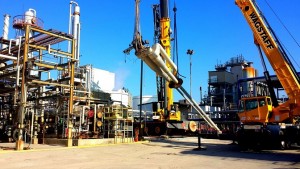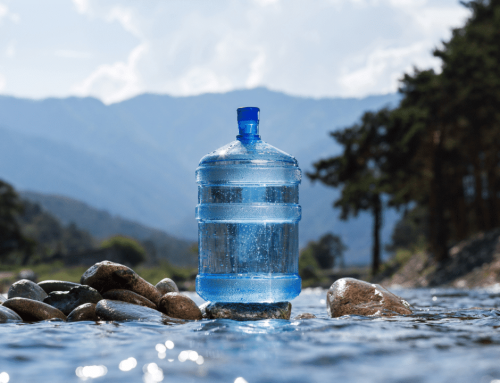 Hydraulic fracturing, commonly known as fracking, is a method of extracting shale gas from shale rocks deep below ground by splitting the rocks with high-pressure fluids until the gas is released and can be recovered to be used for fuel. Unfortunately there are many ill effects from this method, including the fact that the method uses astronomical amounts of water and deposits many toxic by-products in the ground and nearby water sources.
Hydraulic fracturing, commonly known as fracking, is a method of extracting shale gas from shale rocks deep below ground by splitting the rocks with high-pressure fluids until the gas is released and can be recovered to be used for fuel. Unfortunately there are many ill effects from this method, including the fact that the method uses astronomical amounts of water and deposits many toxic by-products in the ground and nearby water sources.
Fracking has become a major problem to fresh drinking water resources across the globe, and many people have been poisoned by drinking water which had become contaminated with large amounts of methane from this gas extraction technique.
Complaints about the drinking water in the US , following fracking operations highlighted the need for a test that could identify large amounts of methane gas. Methane gas is also often present in groundwater from shallow natural sources, but these small amounts are harmless.
This prompted researchers from the Universities of Edinburgh and Glasgow and the Scottish Universities Environmental Research Centre to develop a unique method of fingerprinting methane gas by identifying miniscule traces of inactive natural gases, known as noble gases. The fingerprints are similar in a way to human fingerprint in that they vary depending on the origin and depth of the methane, and thus enable scientists to pinpoint the source of the methane gas.
These unique fingerprints have been recorded in a number of exploratory shale gas and coal bed methane wells from around the UK, and the findings are being presented at the European Geosciences Union Conference in Vienna.
Dr Stuart Gilfillan, of the University of Edinburgh’s School of GeoSciences, who led the project, said: “Creating this fingerprint test will enable gas exploration and extraction to be carried out responsibly and should help address public concerns over this technology. It is important that careful monitoring of methane levels in nearby waters is carried out when commercial extraction begins.”
The idea behind the test is that the fingerprint analysis can be used to determine the origin of methane at exploration sites and will denote if the levels of methane in groundwater have risen after the exploration or extraction activity, allowing for appropriate action to be taken.
Read our water cooler blog for latest water related news and articles. Get water cooler accessories and natural spring water from Living-Water.





